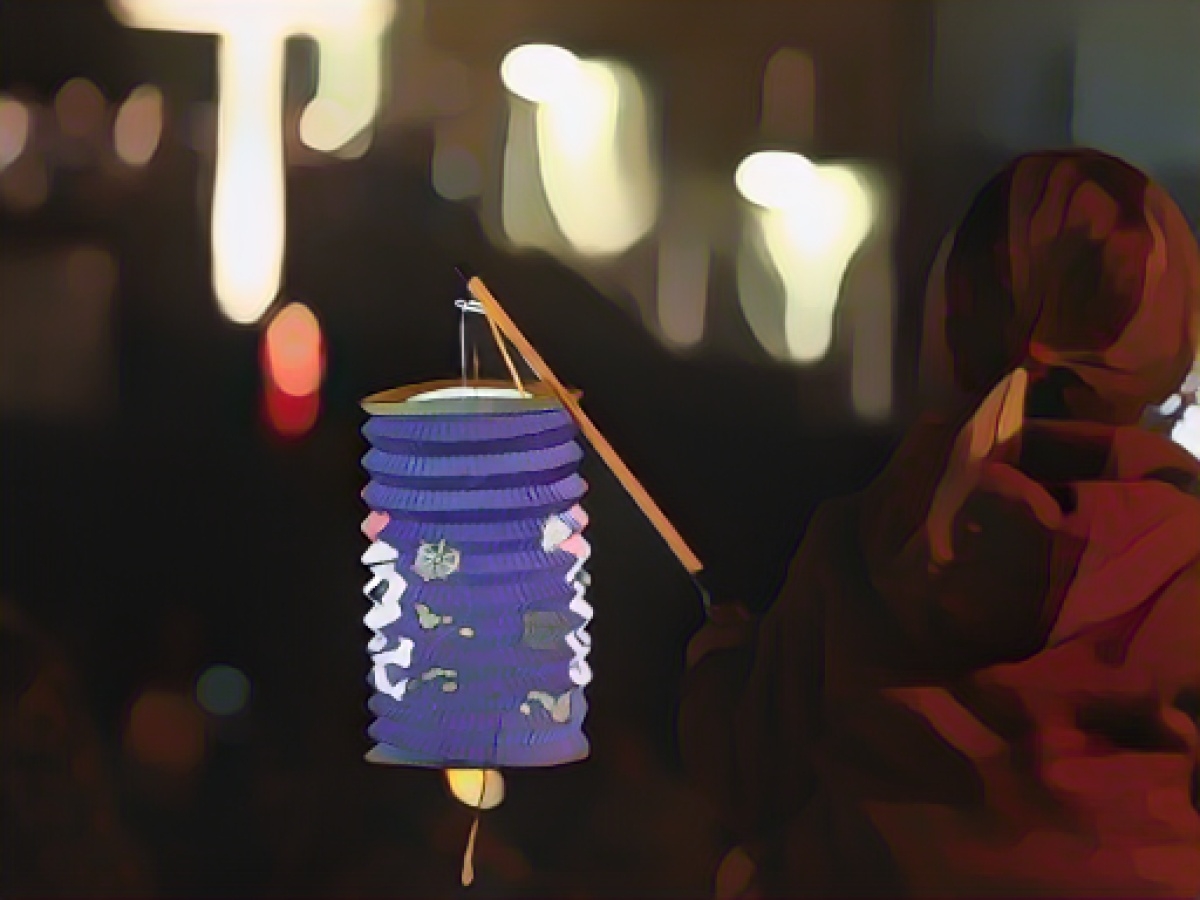Expert: Daycare centers and schools keep St. Martin's traditions alive
Children parade through the streets with lanterns, singing songs and snacking on St. Martin's croissants: According to Juliane Stückrad from the Folklore Advisory and Documentation Center for Thuringia, in addition to church communities, kindergartens and elementary school in particular contribute to the continuation of St. Martin's Day customs. "It is a custom that is an integral part of elementary school and kindergartens," said Stückrad.
The lantern custom only emerged among the middle classes in the 19th century. The traditional St. Martin's croissant cookie also dates back to this time, presumably for educational reasons to encourage children to share, said Stückrad.
St. Martin's Day used to be payday
St. Martin's Day was already important in many regions because the harvests were harvested on this day and farmers could say goodbye to their servants. "It was a payday, food was in circulation and geese were slaughtered - you could eat your fill." With wages in their pockets, farmhands in particular sometimes went wild on this day, said Stückrad.
St. Martin's Day was also associated with so-called begging customs: "This means that you were allowed to go begging: Some went from house to house and in the dark season you had a lantern with you." This can still be seen today in the so-called Merzeln, for example in the regions of Eisenach and Erfurt. Children go from house to house on the eve of November 11th and ask for sweets.
Two Martins are important on these days
Various backgrounds come together around St. Martin's Day, as the Evangelical Church of Central Germany (EKM) and the Diocese of Erfurt explain on their website: Protestants celebrate November 10 because the church reformer Martin Luther was born on this date in 1438. November 11 is seen as Luther's baptism and name day. The 11th is also dedicated to the Bishop of Tours, who is regarded as a saint in the major Christian churches. As a Roman soldier, he is said to have divided his cloak and given half to a freezing beggar. The scene is often shown at events around St. Martin's Day. He was ordained a bishop around 370 AD.
Large ecumenical service in Erfurt
In Erfurt, Martin of Tours has a special significance as the patron saint of the city. Every year, thousands of people, especially young children with their lanterns, gather in the cathedral square for an ecumenical St. Martin's Day service on the evening before November 11 - as was the case this Friday. Devotions, lantern parades and other events are also planned in many other places in Thuringia.
The church service on St. Martin's Eve is a significant event in Erfurt, attracting thousands of people, including children with lanterns. In addition to the church communities, Stückrad highlighted the role of kindergartens and schools in preserving St. Martin's customs, such as the lantern tradition and the sharing of St. Martin's croissants.
Source: www.dpa.com








